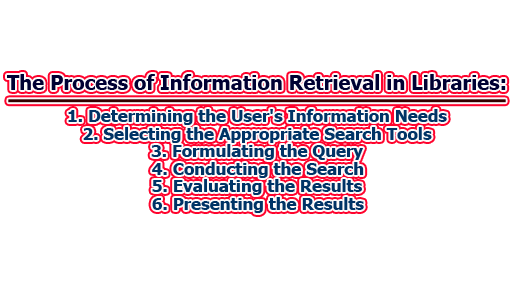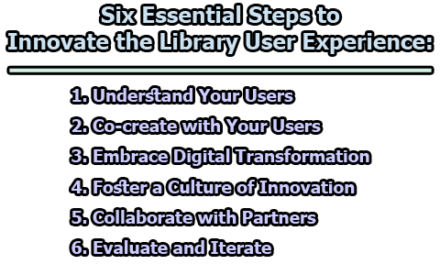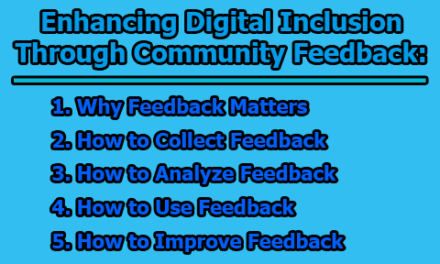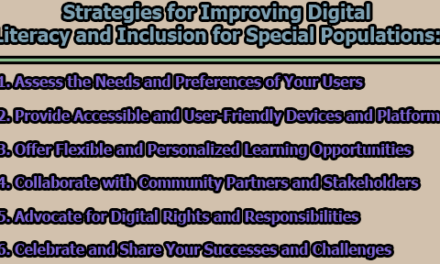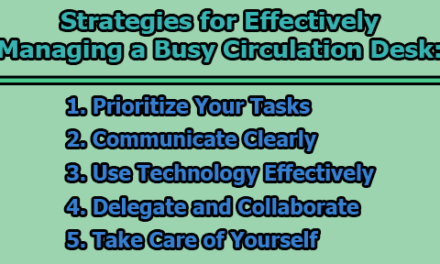Information Retrieval (IR) is a process of searching for information within a large collection of documents. It is widely used in libraries to help users find the materials they need. In this article, we will discuss the process of Information Retrieval in libraries. We will start by explaining the basic concepts and then move on to the various stages of the process.
Basic Concepts:
Before we start discussing the process of information retrieval in libraries, it is important to understand some basic concepts. These include:
- Information: Information is a set of facts or data that is communicated or received by a person or a system. It can be in the form of text, images, or any other media.
- Document: A document is a written, printed, or electronic record that contains information.
- Collection: A collection is a group of documents that are stored together.
- Query: A query is a request for information from a database or a search engine.
- Retrieval: Retrieval is the process of finding and accessing relevant documents from a collection.
- Relevance: Relevance is the degree to which a document is related to a user’s query.
- Indexing: Indexing is the process of creating an index for a collection of documents. An index is a data structure that contains a list of terms and the documents in which they occur.
- Ranking: Ranking is the process of ordering the retrieved documents based on their relevance to the user’s query. The ranking algorithm considers various factors, such as term frequency and document length, to assign a score to each document.
- Boolean Operators: Boolean operators are used to combine search terms in a query. The three basic Boolean operators are AND, OR, and NOT. AND retrieves documents that contain all the search terms, OR retrieves documents that contain at least one of the search terms, and NOT excludes documents that contain a specific search term.
- Precision and Recall: Precision and recall are two measures used to evaluate the effectiveness of an information retrieval system. Precision measures the proportion of retrieved documents that are relevant to the user’s query, while recall measures the proportion of relevant documents that are retrieved by the system.
- Stop Words: Stop words are common words that are often excluded from queries because they do not carry much meaning. Examples of stop words include “a,” “an,” “the,” “and,” and “or.”
- Stemming: Stemming is the process of reducing words to their base form or stem. For example, the word “running” would be reduced to the stem “run.” This can help to increase the recall of a search by retrieving documents that contain variations of the search terms.
- Thesaurus: A thesaurus is a tool that provides synonyms and related terms for a given word. This can help to improve the recall of a search by retrieving documents that use different but related terms.
- Query Expansion: Query expansion is the process of adding related terms to a query to improve its recall. This can be done using a thesaurus or by analyzing the content of the retrieved documents to identify relevant terms.
- Natural Language Processing: Natural Language Processing (NLP) is a field of computer science that focuses on the interaction between computers and human language. NLP techniques can be used to analyze and understand natural language queries to improve the accuracy of information retrieval systems.
- Relevance Feedback: Relevance feedback is a technique that allows users to provide feedback on the relevance of retrieved documents. This feedback can be used to improve the ranking algorithm and retrieve more relevant documents in future searches.
The Process of Information Retrieval in Libraries:
The process of information retrieval in libraries can be divided into six stages. These are:
1. Determining the User’s Information Needs: The first stage in the process of information retrieval in libraries is to determine the user’s information needs. This can be done through various means such as interviews, questionnaires, or observation. The librarian needs to understand the user’s information needs and requirements to provide them with the best possible assistance.
2. Selecting the Appropriate Search Tools: Once the librarian understands the user’s information needs, they need to select the appropriate search tools. There are many search tools available for information retrieval, including online catalogs, bibliographic databases, and search engines. The librarian needs to select the search tools that are best suited for the user’s information needs.
3. Formulating the Query: The next stage in the process of information retrieval in libraries is to formulate the query. The query is the request for information that the user wants to find. The librarian needs to work with the user to develop a clear and concise query that accurately reflects the user’s information needs.
4. Conducting the Search: Once the query has been formulated, the librarian can conduct the search. The librarian needs to use the selected search tools to search for relevant documents. The librarian may need to refine the search based on the results obtained.
5. Evaluating the Results: After conducting the search, the librarian needs to evaluate the results. The librarian needs to determine the relevance of the retrieved documents to the user’s information needs. The librarian may need to refine the search further if the results are not relevant or if there are too many results.
6. Presenting the Results: The final stage in the process of information retrieval in libraries is to present the results. The librarian needs to present the results in a format that is easy for the user to understand. The librarian may need to provide additional assistance to the user in understanding the results or in accessing the documents.
At last, we can say that Information retrieval is an essential process in libraries that helps users find the materials they need. The process involves determining the user’s information needs, selecting the appropriate search tools, formulating the query, conducting the search, evaluating the results, and presenting the results. By following this process, librarians can provide users with the best possible assistance in finding the information they need.
References:
- Baeza-Yates, R., & Ribeiro-Neto, B. (2011). Modern Information Retrieval. Addison-Wesley.
- Chowdhury, G. G. (2010). Introduction to Modern Information Retrieval. Facet Publishing.
- Lancaster, F. W. (2003). Information Retrieval Systems: Characteristics, Testing, and Evaluation. Academic Press.
- Manning, C. D., Raghavan, P., & Schütze, H. (2008). Introduction to Information Retrieval. Cambridge University Press.
- Salton, G., & McGill, M. J. (1983). Introduction to Modern Information Retrieval. McGraw-Hill.
- Saracevic, T. (1999). Information Science: Origins, Currents, and Future Directions. In B. Cronin (Ed.), Annual Review of Information Science and Technology (Vol. 34, pp. 3-72). Information Today Inc.
- Singh, M. (2016). Information Retrieval: A Practitioner’s Approach. Wiley.
- Witten, I. H., Moffat, A., & Bell, T. C. (2010). Managing Gigabytes: Compressing and Indexing Documents and Images. Morgan Kaufmann Publishers.
- Yu, H., & Zhou, X. (2014). Information Retrieval Technology: Asia Information Retrieval Symposium (AIRS). Springer.
- Zobel, J., & Moffat, A. (2006). Inverted files for text search engines. ACM Computing Surveys, 38(2), 6.

Assistant Teacher at Zinzira Pir Mohammad Pilot School and College

